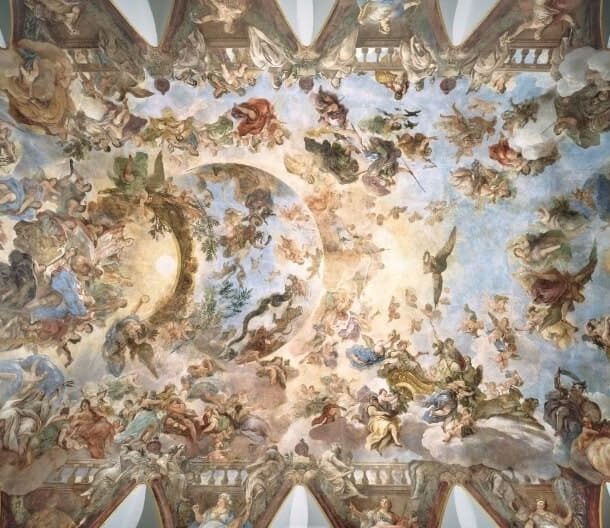
The scene was entitled “La romería de San Isidro” in the inventory of the works owned by Goya’s son, drawn up at an undetermined date in the mid-19th century by the painter Antonio Brugada, who returned to Madrid in 1832 from exile in Bordeaux. It was first described in Charles Yriarte’s monograph on the artist as part of the decoration on the ground floor of the Quinta del Sordo, where it was shown opposite “El gran cabrón” or “Aquelarre”.
Collection: Images
Project: 11. Science and culture as representation in Europe., 3. Rural world and urban world in the formation of the European identity., 4. Family, daily life and social inequality in Europe.
Chronology: XIX
Scope: Secondary Education, Baccalaureate, University
Resource type: Image
Format: Mixed media on wall covering transferred to canvas (138,5 x 436 cm)
Source: Museo del Prado (Madrid)
Language: Spanish
Date: 1820-23
Owner: Álvaro Romero González (Modernalia)
Identifier: P000760
Copyright: Museo del Prado (Madrid)
Abstract: A popular scene in Madrid on the feast of San Isidro, patron saint of Madrid since the 17th century
Image
Tags






